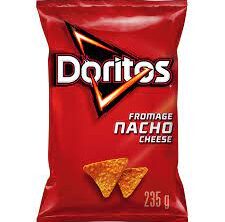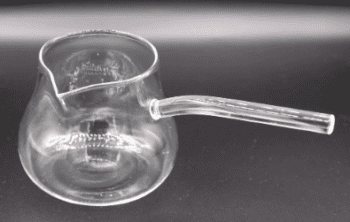
Gluten is a protein found in grains such as wheat, barley, and rye. It gives bread, pasta, and other baked goods their chewy texture and is often used as a binder in processed foods. While gluten is harmless to most people, those with celiac disease or gluten sensitivity must avoid it. If you’re trying to avoid gluten or cooking for someone who is, it’s important to know which foods contain gluten. Here’s a comprehensive list of what has gluten in it.
- Wheat
Wheat is the most common source of gluten in the diet. It’s found in a variety of forms, including wheat berries, wheat flour, wheat germ, and wheat starch. Products made from wheat, such as bread, pasta, and baked goods, also contain gluten.
- Barley
Barley is another grain that contains gluten. It’s often used in beer, malted beverages, and soups. Barley can also be found in some bread, cereal, and baked goods.
- Rye
Rye is a grain that’s often used in bread and crackers. It contains gluten and should be avoided by those with celiac disease or gluten sensitivity.
- Oats
Oats themselves do not contain gluten, but they are often processed in facilities that also process wheat, barley, and rye. This can lead to cross-contamination and make oats unsafe for those with celiac disease or gluten sensitivity. Look for certified gluten-free oats if you want to include them in your diet.
- Spelt
Spelt is an ancient grain that’s similar to wheat but has a slightly different gluten structure. While some people with celiac disease or gluten sensitivity may be able to tolerate spelt, it’s not considered safe for those on a gluten-free diet.
- Kamut
Kamut is a type of wheat that’s often used in bread, pasta, and cereal. It contains gluten and should be avoided by those with celiac disease or gluten sensitivity.
- Triticale
Triticale is a hybrid of wheat and rye that contains gluten. It’s often used in bread, crackers, and other baked goods.
- Soy Sauce
Soy sauce is traditionally made from wheat, making it unsuitable for those with celiac disease or gluten sensitivity. However, there are gluten-free versions available that use alternative ingredients.
- Processed Foods
Processed foods can be a hidden source of gluten. Many packaged foods, such as soups, sauces, and seasonings, contain gluten as a thickener or binder. Always read the label carefully to ensure the product is gluten-free.
In conclusion, gluten is a protein found in several grains and is used in many processed foods. If you’re trying to avoid gluten or cooking for someone who is, it’s important to read labels carefully and be aware of hidden sources of gluten. By knowing what has gluten in it, you can make informed choices about what to eat and avoid.


